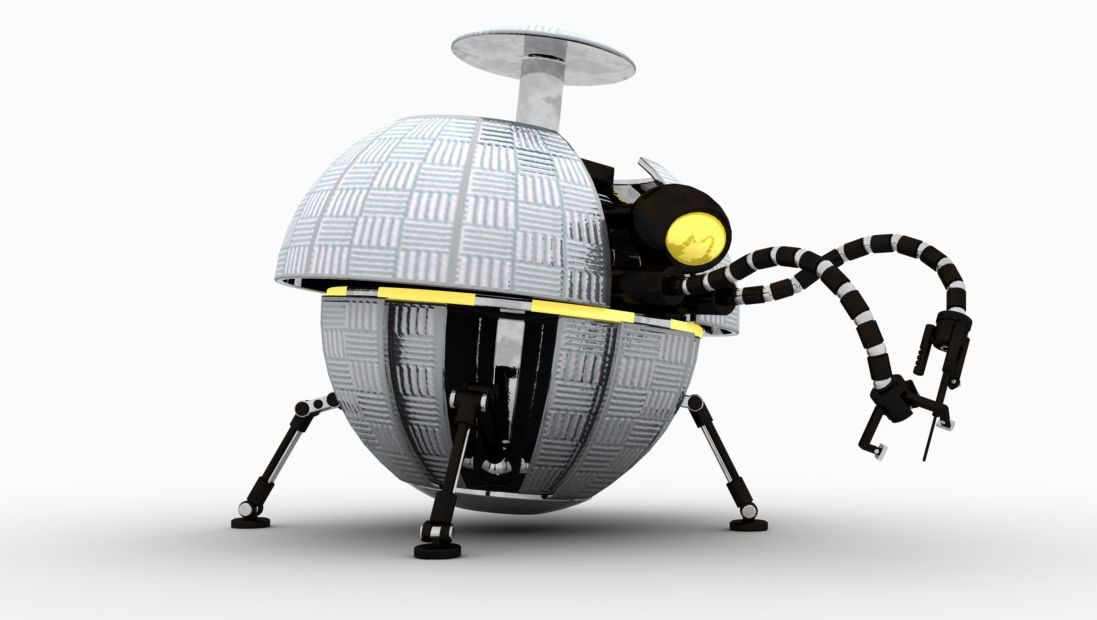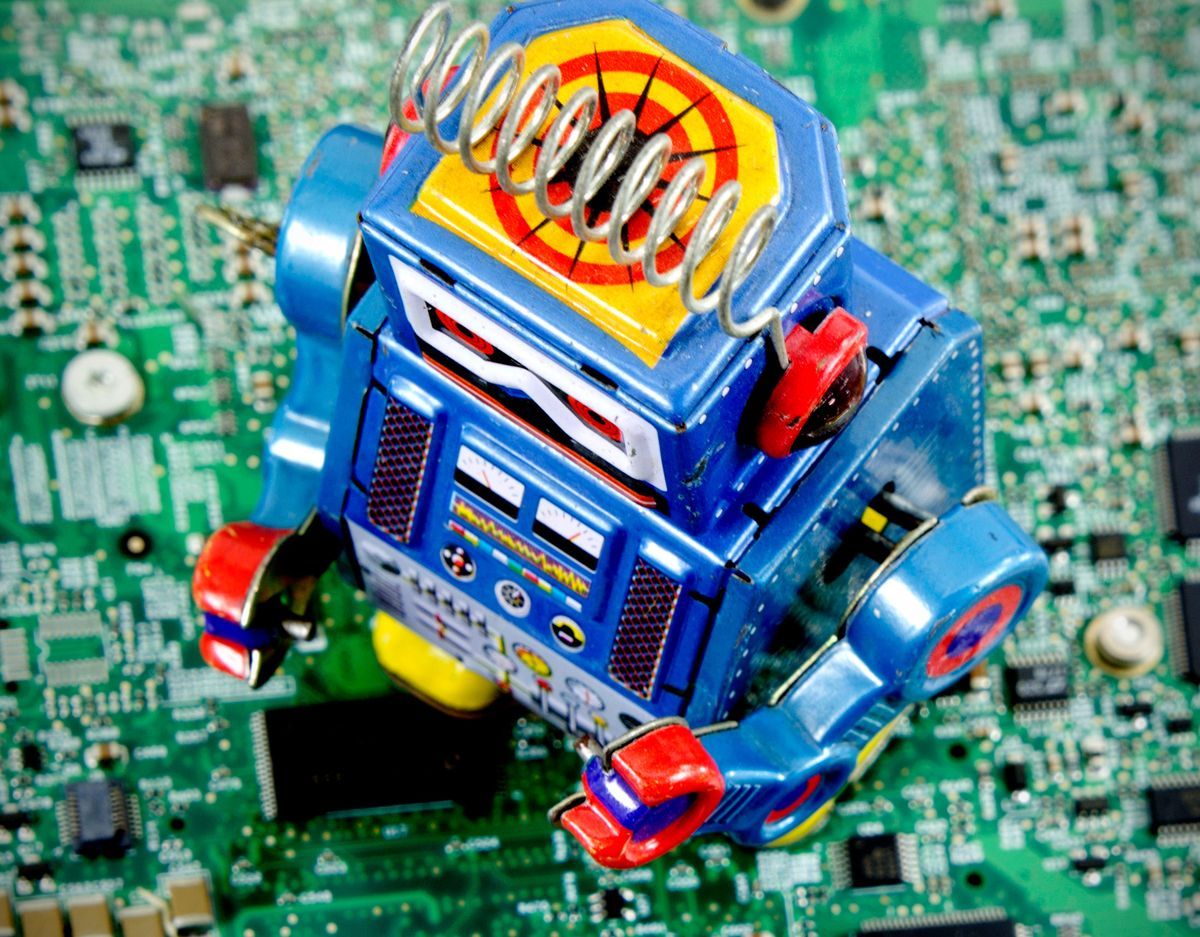With so many players jumping headlong into AI, it’s understandable that investors may not be aware of them all. Here are a few you may not know about.



For centuries, humans have been fretting over “technological unemployment” or the loss of jobs caused by technological change. Never has this sentiment been accentuated more than it is today, at the cusp of the next industrial revolution.
With developments in artificial intelligence continuing at a chaotic pace, fears of robots ultimately replacing humans are increasing.
TNW Conference won best European Event 2016 for our festival vibe. See what’s in store for 2017.

SpaceX and Tesla CEO Elon Musk is backing a brain-computer interface venture called Neuralink, according to The Wall Street Journal. The company, which is still in the earliest stages of existence and has no public presence whatsoever, is centered on creating devices that can be implanted in the human brain, with the eventual purpose of helping human beings merge with software and keep pace with advancements in artificial intelligence. These enhancements could improve memory or allow for more direct interfacing with computing devices.
Musk has hinted at the existence of Neuralink a few times over the last six months or so. More recently, Musk told a crowd in Dubai, “Over time I think we will probably see a closer merger of biological intelligence and digital intelligence.” He added that “it’s mostly about the bandwidth, the speed of the connection between your brain and the digital version of yourself, particularly output.” On Twitter, Musk has responded to inquiring fans about his progress on a so-called “neural lace,” which is sci-fi shorthand for a brain-computer interface humans could use to improve themselves.
To address the unique needs of the world’s most complex industrial environments,
Airobotics has developed a platform that is fully automated, industrial grade, on-demand and multi-purpose.

Today, Elon Musk stated that updates regarding his neural lace, which is meant to augment the human mind, are coming next month. In October, Bryan Johnson announced a $100 million investment to put computers in our brains. And so, a race is on to hack human intelligence.
The age of the machine is well underway, and there is a very good chance that humanity will be left behind. Artificial intelligence is beating us at poker. It is beating us at Go. It is saving lives by identifying diseases when human doctors fail. It is running our grocery stores. It is driving our cars. AI is even making other AI.
Soon, very soon, our computers will surpass us in every skill imaginable.
Ingenious e-skin invented by scientists from the University of Glasgow improves the performance of prosthetic limbs through sensitive sensors.
In case you missed it, Elon Musk is rather concerned about the fate of humanity, given the extreme advancements being made in artificial intelligence (AI). Ultimately, he fears that our AI will, one day, overtake us. When this happens, he claims that humans will likely become second class citizens (or slaves, or something even worse).
Now, reports have surfaced which assert that he is backing a brain-computer interface venture that was founded to allow humans to keep up with the advancements made in machines. The interface is intended to work by augmenting that which makes us human: our brains.
The find comes from The Wall Street Journal. According to them, the company – which is called Neuralink – is still in the earliest stages of development. To that end, it has no public presence at all.

Empresário Elon Musk tem uma nova empresa — sim, outra — focada no desenvolvimento das capacidades do cérebro através do aumento tecnológico. O Neuralink, vai trabalhar em tecnologia de interface computador-cérebro como meio de ajudar os seres humanos a acompanhar o desenvolvimento acelerado de inteligência artificial.

Driverless vehicles operated by Uber Technologies Inc [UBER.UL] were back on the road in San Francisco on Monday after one of its self-driving cars crashed in Arizona, the ride-hailing company said.
Uber’s autonomous vehicles in Arizona and Pittsburgh, Pennsylvania, remained grounded but were expected to be operating again soon, according to a spokeswoman for the company, who refused to be identified.
“We are resuming our development operations in San Francisco this morning,” she said in an email.

Hedge funds have been trying to teach computers to think like traders for years.
Now, after many false dawns, an artificial intelligence technology called deep learning that loosely mimics the neurons in our brains is holding out promise for firms. WorldQuant is using it for small-scale trading, said a person with knowledge of the firm. Man AHL may soon begin betting with it too. Winton and Two Sigma are also getting into the brain game.